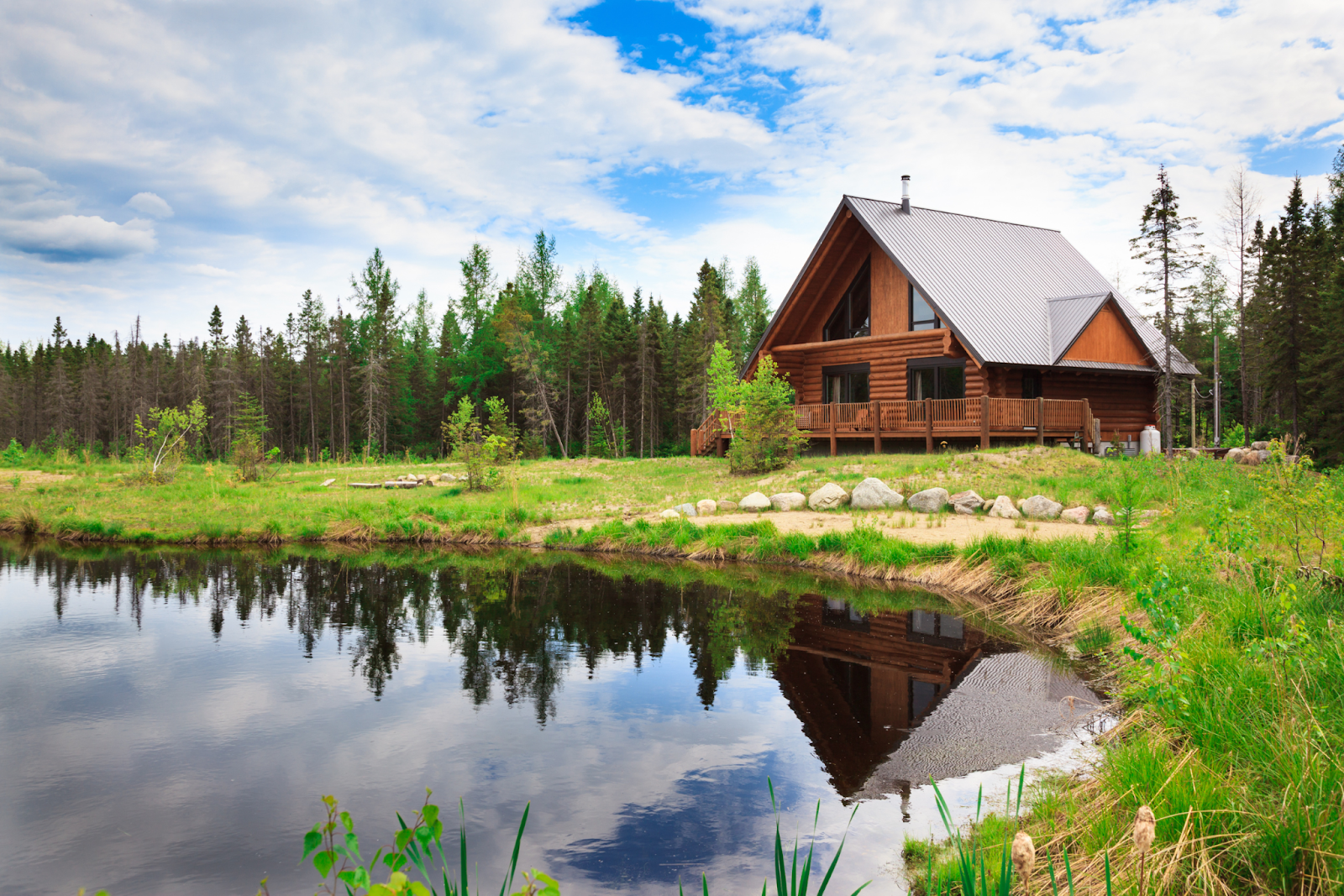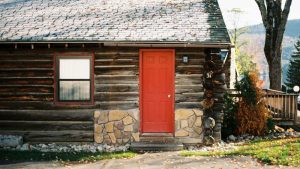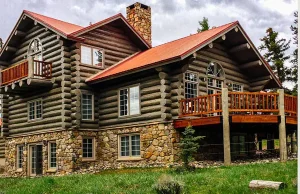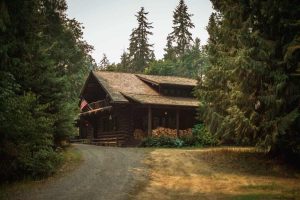There’s something timeless about a log cabin. Whether it’s a weekend retreat nestled in the mountains or a full-time home surrounded by forest, these structures carry a rustic charm that modern buildings can’t replicate. But here’s the reality: that charm doesn’t maintain itself. Without proper care, your log cabin’s exterior can quickly fall victim to the elements, leading to costly repairs and a shortened lifespan.
The good news? With the right knowledge and a proactive approach, you can protect your investment and keep your cabin looking beautiful for decades. This guide walks you through everything you need to know about maintaining your log cabin’s exterior, from understanding the threats it faces to seasonal upkeep that keeps problems at bay.
Understanding Log Cabin Enemies
Before you can protect your cabin, you need to know what you’re up against. Three main culprits threaten the integrity of log structures: moisture, sunlight, and pests. Each one works differently, but all can cause serious damage if left unchecked.
Moisture
Water is wood’s worst enemy. When logs absorb moisture, they swell, and when they dry out, they shrink. This constant expansion and contraction creates cracks and splits that allow even more water to penetrate. Over time, trapped moisture leads to rot, which compromises the structural integrity of your cabin.
Rain, snow, and humidity all contribute to moisture problems. That’s why proper drainage and water management are critical from day one.
Sunlight
UV rays don’t just fade your cabin’s color—they break down the lignin that holds wood fibers together. This process, called photodegradation, weakens the wood’s surface and makes it more susceptible to moisture absorption and cracking.
South- and west-facing walls typically suffer the most damage because they receive the most direct sunlight throughout the day.
Pests
Insects like carpenter ants, termites, and wood-boring beetles see your cabin as a buffet. They tunnel through logs, weakening them from the inside out. Larger animals, such as woodpeckers and squirrels, can also cause damage by pecking holes or gnawing on the wood.
The key to pest prevention is early detection and addressing the conditions that attract them in the first place—namely, moisture and untreated wood.
Preventative Measures
The best defense is a good offense. Taking preventative steps during construction and performing regular inspections can save you from major headaches down the road.
Proper Design and Construction
Smart design choices make all the difference. Generous roof overhangs (at least 24 inches) protect walls from rain and sun exposure. Proper grading around the foundation ensures water drains away from the cabin rather than pooling near the base of the logs.
Adequate ventilation in crawl spaces and attics prevents moisture buildup inside the structure. If you’re building a new cabin, invest in quality materials and skilled craftsmanship. If you already own one, assess whether improvements like extended overhangs or better drainage would benefit your property.
Regular Inspections
Walk around your cabin at least twice a year—ideally in spring and fall. Look for signs of trouble:
- Discoloration or darkening of the wood
- Soft spots that indicate rot
- Cracks or gaps between logs
- Evidence of insect activity (sawdust piles, small holes)
- Peeling or flaking stain and sealant
- Damaged caulking around windows and doors
Catching problems early means simpler, cheaper fixes.
Cleaning and Treatment
A clean cabin is a healthy cabin. Regular washing removes dirt, pollen, mildew, and other contaminants that degrade protective finishes and trap moisture against the wood.
Washing
Use a gentle cleaning solution designed for log homes—harsh chemicals can damage the wood. A soft-bristle brush or low-pressure washer (under 1500 PSI) works well for most situations. High-pressure washing can drive water deep into the logs and cause more harm than good.
Clean from the bottom up to prevent streaking, and rinse thoroughly. Allow the logs to dry completely before applying any treatments, which typically takes a few sunny days.
Staining and Sealing
Staining isn’t just about aesthetics. Quality stains protect against UV damage and help repel moisture. You have two main options:
Oil-based stains penetrate deeply and require reapplication every 2-3 years. They’re easier to touch up but can attract dust and pollen.
Water-based stains form a protective film on the surface and last 3-5 years. They’re more environmentally friendly and maintain their color longer.
Whichever you choose, make sure it includes UV blockers and mildewcide. Apply stain when temperatures are between 50-80°F and avoid direct sunlight during application.
Sealants go over the stain to provide an additional moisture barrier. Look for breathable products that allow the wood to release trapped moisture while blocking water from entering.
Repairs and Restoration
Even with diligent maintenance, some damage is inevitable. The key is addressing it promptly before small issues become big problems.
Identifying Damage
Beyond the warning signs mentioned earlier, pay attention to how your cabin feels inside. Drafts, increased energy bills, or moisture stains on interior walls often indicate exterior problems.
Use a screwdriver or awl to probe suspected soft spots. Healthy wood resists penetration; rotted wood crumbles or feels spongy.
Repair Techniques
For small cracks and checks (natural splits in the wood), use a high-quality caulk or chinking material designed for log homes. These products flex with the wood’s natural movement and prevent water intrusion.
Larger damaged sections may require log replacement. This is a job for professionals unless you have significant carpentry experience. Improper repairs can lead to structural issues and void warranties.
For surface damage from UV exposure, you may need to sand down affected areas before restaining. This removes degraded wood fibers and creates a clean surface for the new finish.
Seasonal Maintenance
Your cabin’s needs change with the seasons. Adjusting your maintenance routine accordingly keeps it in top shape year-round.
Spring
After winter’s harsh conditions, inspect for damage caused by ice, snow, and freezing temperatures. Check for:
- Cracks or splits that worsened over winter
- Damaged gutters and downspouts
- Loose or missing caulking
- Signs of animal damage
Spring is also the ideal time for cleaning and restaining if needed. The mild temperatures and lower humidity create optimal conditions for these tasks.
Fall
Prepare your cabin for winter by clearing gutters and downspouts of leaves and debris. Trim back vegetation that’s grown too close to the structure—plants hold moisture against the logs and provide pathways for pests.
Check that all sealants and finishes are intact before cold weather arrives. Address any issues now rather than letting them worsen over winter.
Seasonal Maintenance Chart
|
Season |
Key Tasks |
|---|---|
|
Spring |
Inspect for winter damage, clean exterior, repair cracks, apply stain/sealant if needed |
|
Summer |
Monitor for pest activity, check drainage after heavy rains, touch up finish in high-sun areas |
|
Fall |
Clean gutters, trim vegetation, inspect and repair caulking, prepare for winter |
|
Winter |
Remove heavy snow loads, ensure proper ventilation, monitor for ice dam formation |
Frequently Asked Questions
How often should I clean my log cabin?
Most log cabins benefit from a thorough cleaning once a year, typically in spring. However, cabins in humid climates or heavily wooded areas may need more frequent cleaning to prevent mildew and algae growth. Always clean before applying new stain or sealant.
What type of sealant is best for my log cabin?
The best sealant depends on your climate and the type of stain you’ve used. Water-based sealants work well in most conditions and are easier to apply. Oil-based sealants penetrate more deeply but require more frequent reapplication. Whatever you choose, make sure it’s specifically designed for log homes and includes UV protection.
How can I prevent insect infestation?
Prevention starts with eliminating the conditions insects love. Keep your logs dry by maintaining proper drainage and fixing leaks promptly. Apply a protective finish that includes insecticide. Remove firewood, dead trees, and other wood debris from around your cabin—these attract insects that may then move to your structure. During inspections, look for early signs of infestation like small holes or sawdust piles, and treat immediately if you find evidence of pests.
Protect Your Investment for Years to Come
Maintaining your log cabin’s exterior isn’t complicated, but it does require consistency. Regular inspections, timely cleaning, proper staining, and quick repairs add up to a structure that weathers the years beautifully. Think of it as an ongoing relationship with your cabin—the more attention you give it, the better it serves you.
Start with a thorough inspection this weekend. Make note of any issues, create a maintenance schedule, and commit to following through. Your cabin will thank you with decades of comfort, beauty, and lasting value.
References
- U.S. Forest Service – Wood Handbook: Wood as an Engineering Material
- International Log Builders Association – Log Home Maintenance Guidelines
- Log Home Council – Standards for Log Structures
- National Pesticide Information Center – Wood-Destroying Pests




